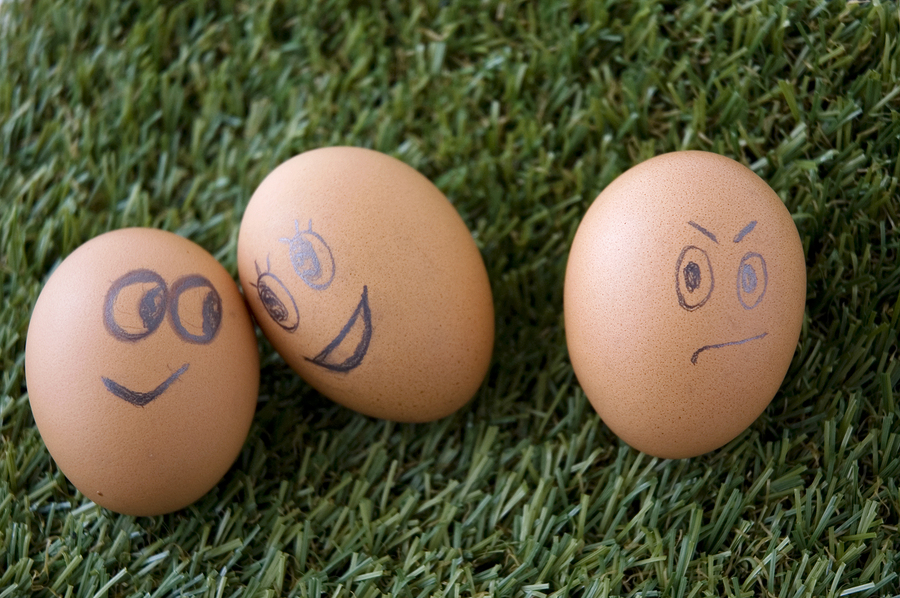- Make It Yourself Lavender Heart-Shaped Bath Bombs!
- 20 Things You Never Knew About “Down There”
- 12 Best Foods For Those Suffering From Arthritis Pain
- 12 Personal Hygiene Mistakes Almost Everyone Makes (Mom Never Told You About #4!)
- 15 Medicinal Plants And Herbs From The Cherokee People
- 12 Mind-Blowing Benefits Of Drinking Coconut Water During Pregnancy
- 12 Outstanding Winter Foods That Won’t Fatten You Up Like A Christmas Turkey
5 Strangely Beneficial Ways To Use Your Eggshells
Everyone knows that eggs are healthy for them. After years of misguided public health propaganda about dangerously high cholesterol content, the world has woken up to the simple fact that eggs are one of the cheapest, healthiest, and most bioavailable protein sources you can eat. But while yolks and egg whites are having a good run at the moment, many people remain unaware of the many uses for the trickiest part of the egg to deal with: the shell. In this article we will shed some light on the beneficial uses for this overlooked part of one of the world’s most popular foods.
What’s in a shell?
While most people probably crack open thousands of eggs in the course of their lifetime, how many are really aware of what it is they are touching? Eggshells actually consist of three thin but distinct layers.
The outermost layer is composed of calcium carbonite molecules. This is the flaky, chalk-like layer that sometimes ends up in the bowl after you crack the egg, and you have to carefully fish it out with a spoon. The molecular structure of this layer is curved and it is what gives the eggs their oblong round shape. While it may seem like a solid layer with no holes, the outermost layer of the shell is actually considered semipermeable, due to the presence of over 17,000 microscopic pores in the shell that allow moisture and air to pass through. There is also a thin, shiny layer on the outer surface of the eggshell called the cuticle or “bloom”. The cuticle of the eggshell filters out harmful bacteria and dust and prevents them from contaminating the egg.
The next two layers of the eggshell are the inner and outer membranes, which consist of flexible proteins such as keratin, which act as an additional line of defense to protect the yolk from bacteria.
What are the uses for eggshells?
The idea that eggshells could be useful at all is probably confusing a lot of you, so without further ado, we present to you the 5 most beneficial uses for eggshells:
1. Compost heap
Eggshells make an excellent addition to any compost pile. This is because of the high levels of calcium concentrated within an eggshell. This calcium can help plants grow stronger and healthier. It is for this reason that some people will place crushed eggshells in the soil before planting a vegetable over that spot, such as a tomato vine.
RELATED: Put Easter Eggs To Use With This Delicious Avocado Egg Salad Recipe Video
2. Boil them in coffee
This one may sound a little strange, but just hear us out. While it may not be very well known, people have actually been doing this for centuries to mellow out the bitter taste of coffee. The bitterness comes from the high acidity of coffee, and the high alkaline levels of eggshells help balance out the bitterness by negating some of the acidity. The result is a coffee with a smoother, more balanced taste. To try this yourself, rinse eggshells with hot water, crush them up and add them to the coffee grounds before brewing. One shell should be enough for a small pot of 4 cups or so. Add two or more shells for larger pots of up to 12 cups.
Continue to Page 2





























